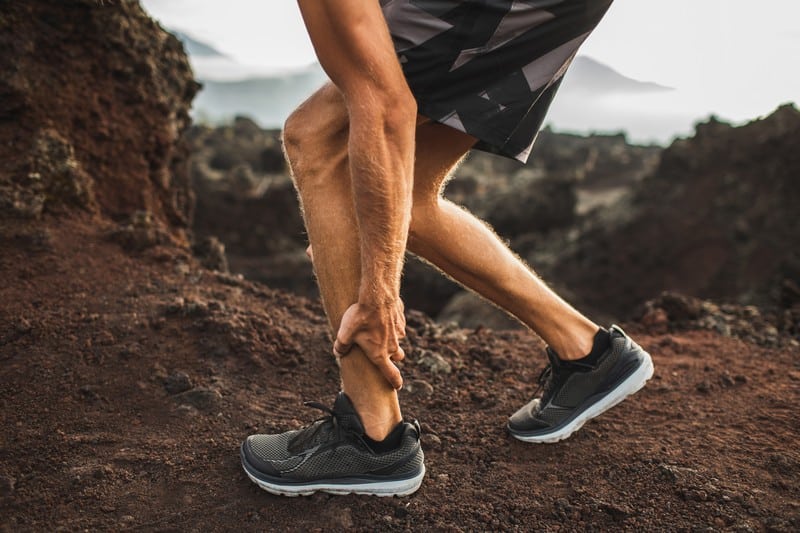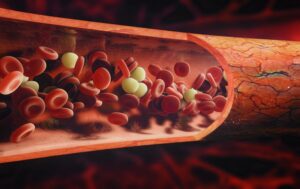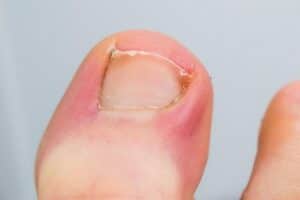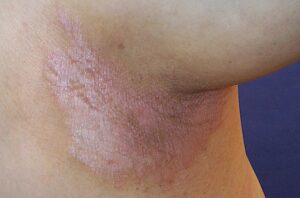The feet are found at the lowermost part of the body. These are body parts that enable individuals to be mobile. The feet are made of bones, muscles, soft tissues, and joints and are typically flexible and sturdy enough to withstand constant movement, including jumping, running, walking, and hopping. The feet have three sections: the forefoot, the midfoot, and the hindfoot.
The forefoot has five toes, known as phalanges, and the five longer bones, known as metatarsals. The midfoot, meanwhile, forms the arch, while the hindfoot is comprised of the ankle and heel. The feet are a complex body part as it contains several muscles, tendons, and joints that must work together to support a person’s weight as they perform various movements throughout the day.
The feet are also pretty sensitive as they are susceptible to various conditions that expose them to wear and tear. Fungi, viruses, thickened skin, improper footwear, fractures, bone spurs, and edema, among others, can cause pain, inflammation, and swelling. Plantar fasciitis is one of the most common foot problems as the inflammation of the plantar fascia ligament can cause constant pain, especially during the morning and after long periods of staying on their feet.
Here are the symptoms of plantar fasciitis.
Heel Pain

Most people who have plantar fasciitis or Achilles tendinitis complain about a sore heel. The pain can be described as an incessant stabbing sensation typically situated under the heel or behind it. Heel pain can occur among people of all ages, but those who are 40 years old and above are more susceptible to the condition.
Furthermore, studies show that wearing inappropriate footwear is one of the leading causes of heel pain. Health experts also identify bursitis, Achilles tendinitis, heel spurs, bone contusions, and plantar fasciitis as among the common causes of incessant heel pain. Additionally, people who are more active in sports involving jumping, sprinting, and running are highly susceptible to heel pain. Those who carry more weight are at a higher risk of developing heel pain.
Individuals must rest their feet and avoid standing for long periods if they want to prevent heel pain. Moreover, regular stretching, which would incorporate strengthening the plantar fascia and the calves, would help prevent heel pain and plantar fasciitis. A timely icepack can also relieve heel pain. Individuals must consult with their doctor for severe cases and request non-steroidal anti-inflammatory drugs. They could also use orthotics and wear the right footwear.










